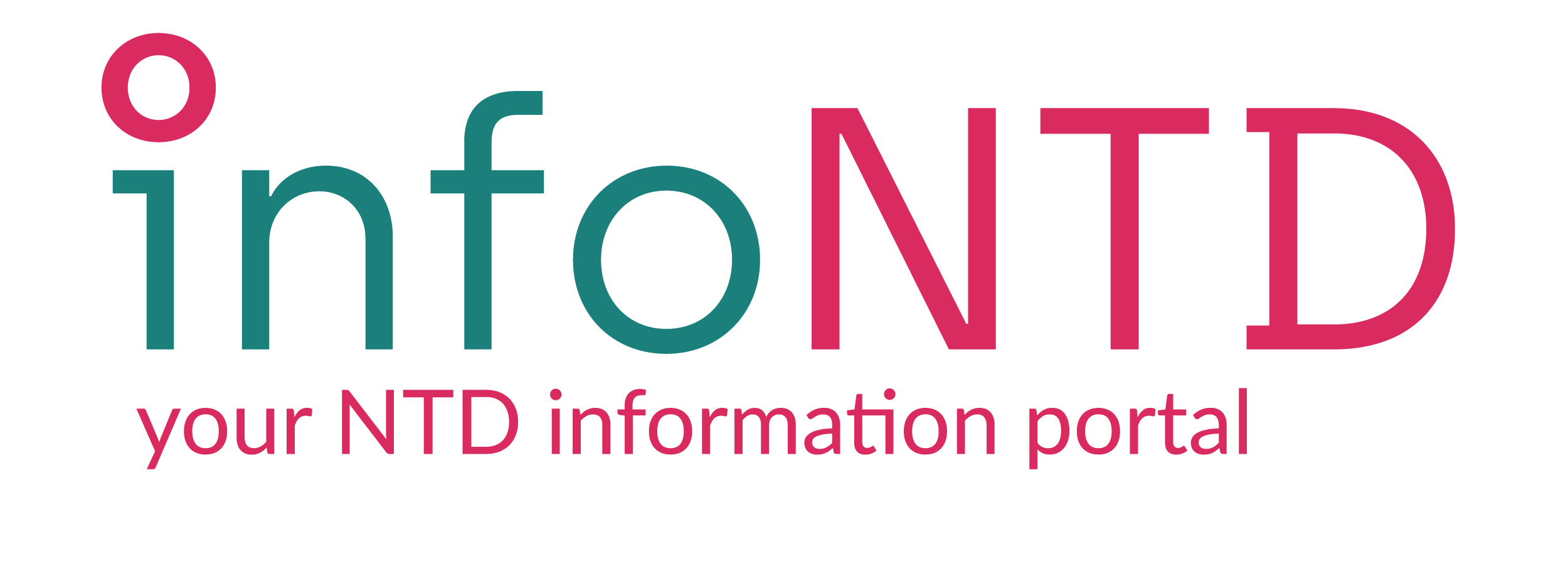A Five -Year Retrospective Analysis of Clinico-epidemiological Pattern of Leprosy in a Coastal District of South India
Leprosy emerges as a significant public health concern, undergoing potential shift in clinical and epidemiological characteristics amid the COVID-19 pandemic. The study analyses five years of clinico-epidemiologic and demographic data of leprosy cases obtained from the District Leprosy Office in Mangalore. It seeks to assess the impact of the COVID-19 pandemic on leprosy in Dakshina Kannada district, Karnataka, India. This is a retrospective study of 252 leprosy cases reported and treated in this district in the duration of 5 years (2018- 2022). The results showed that the number of leprosy cases had decreased from 2018 to 2020, however, rising trend was seen in 2021 and 2022. A sudden decline in the prevalence rate to 0.12 and then increase to 0.32 per 10,000 population in 2020-21 and 2021-22, respectively was observed. Paucibacillary (PB) cases constituted 9.9%, while multibacillary (MB) cases were 90.1%. Childhood leprosy cases were 7.27% in 2019- 20 , zero in 2020-21 and again increased to 4.4% in 2021-22. Grade 2 disability rates fluctuated from 9.5% in 2019-20 to 11.1% in 2021-22. Leprosy reactions were present in 24%, primarily Type 1. Statistical significance (p < 0.05) indicated an association between morbidity and leprosy type. The surge in multibacillary, childhood, and disability cases implies ongoing active transmission of leprosy. The study demonstrates how COVID-19 has caused am impacted on detection, treatment, and surveillance of leprosy in a coastal district of South India. Therefore, emphasizing the urgency to enhance surveillance and address potential cases overlooked during the pandemic.

 infontd
infontd